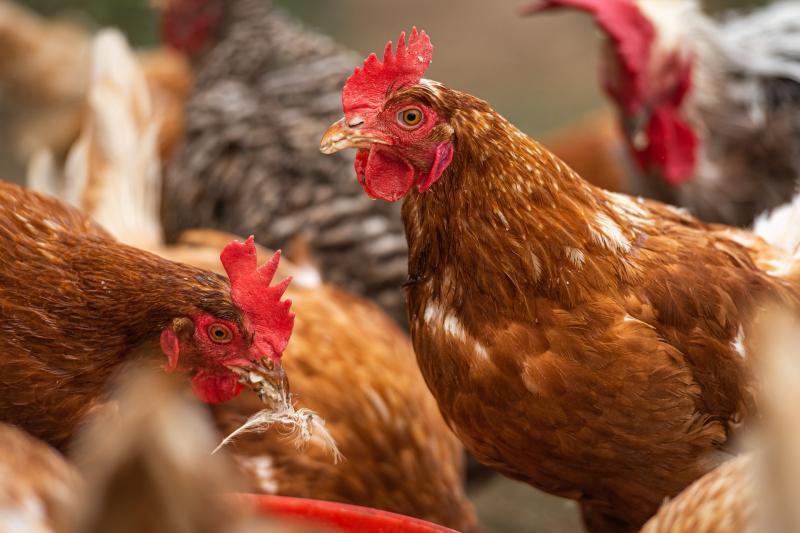



Pirbright Institute: Investigating bird flu in cattle, poultry and other mammals
The Pirbright Institute is conducting reactive research into unknown factors behind human cases of bird flu in the US.
Traces of the H5N1 virus were first found in pasteurised milk in the US earlier this year, impacting dairy cattle across the US and infecting a small number of dairy workers.
Pirbright already leads a substantial programme of bird flu research in the UK. Our aim is to track, monitor and understand the spread of the virus internationally and its underlying drivers.
Our proactive research supports threat mitigation and prevention, providing veterinary and public health bodies with world-leading scientific evidence that informs policy nationally and internationally.
We use biological and biotechnological approaches in animal virology, molecular biology, protein biochemistry, immunology, vaccinology and diagnostics to improve control measures against bird flu.

Our programmes aim to:
- Understand virus circulation interactions between wild bird networks, poultry and dairy cattle
- Improve understanding of Highly Pathogenic Avian Influenza Virus (HPAIV) transmission dynamics in wild birds, poultry and dairy cattle
- Define virological factors that drive differential disease outcomes for animal species
- Define the role of host factors, including immunity, in governing susceptibility, outcome epidemiology, and virus evolution
- Improve understanding of on-farm biosecurity practices
Our avian influenza researchers Prof Ian Brown, Prof Munir Iqbal and Dr Tom Peacock, explain their research in the video above.


